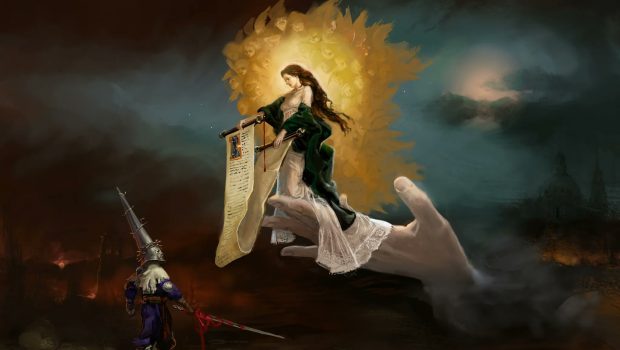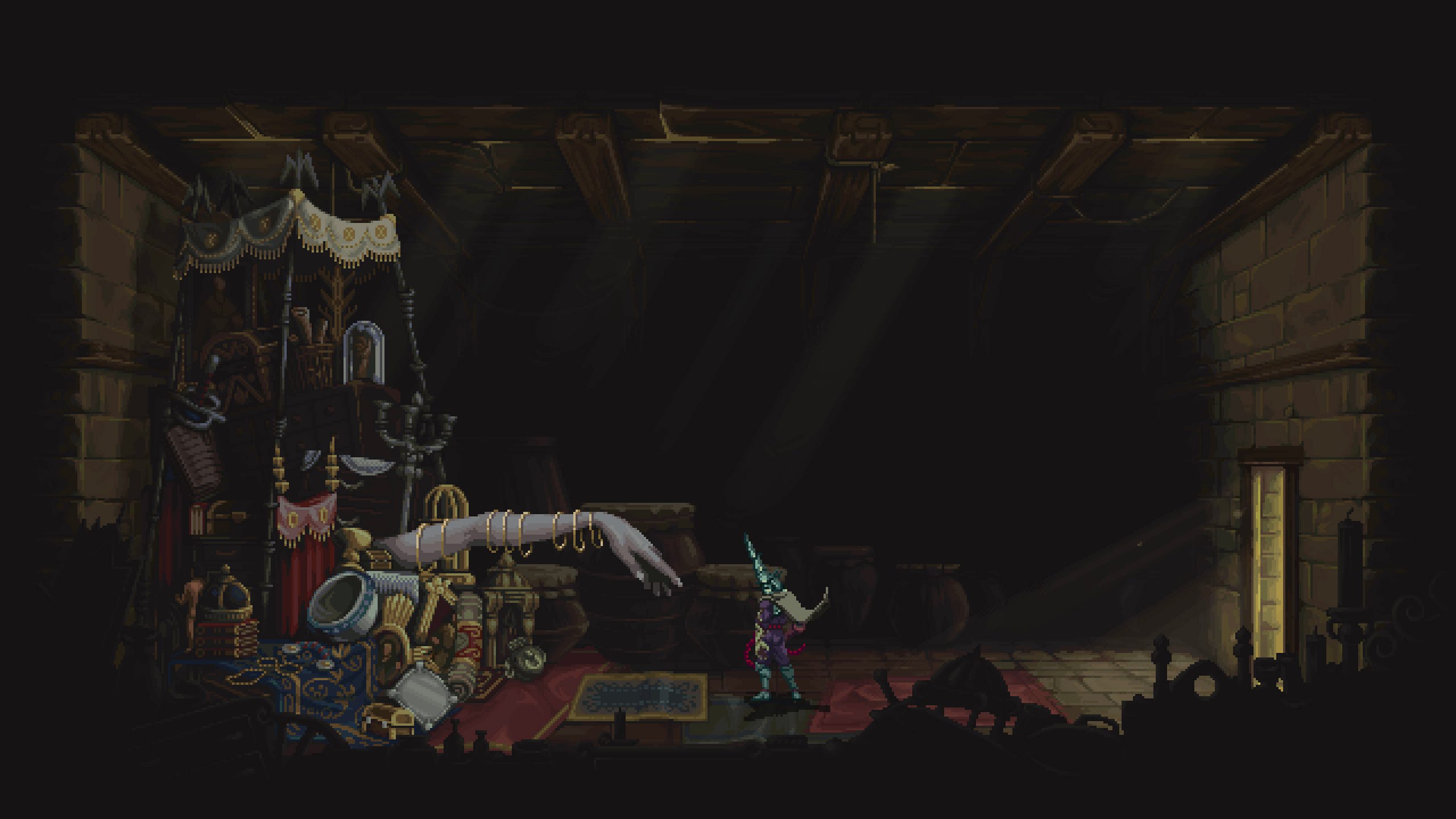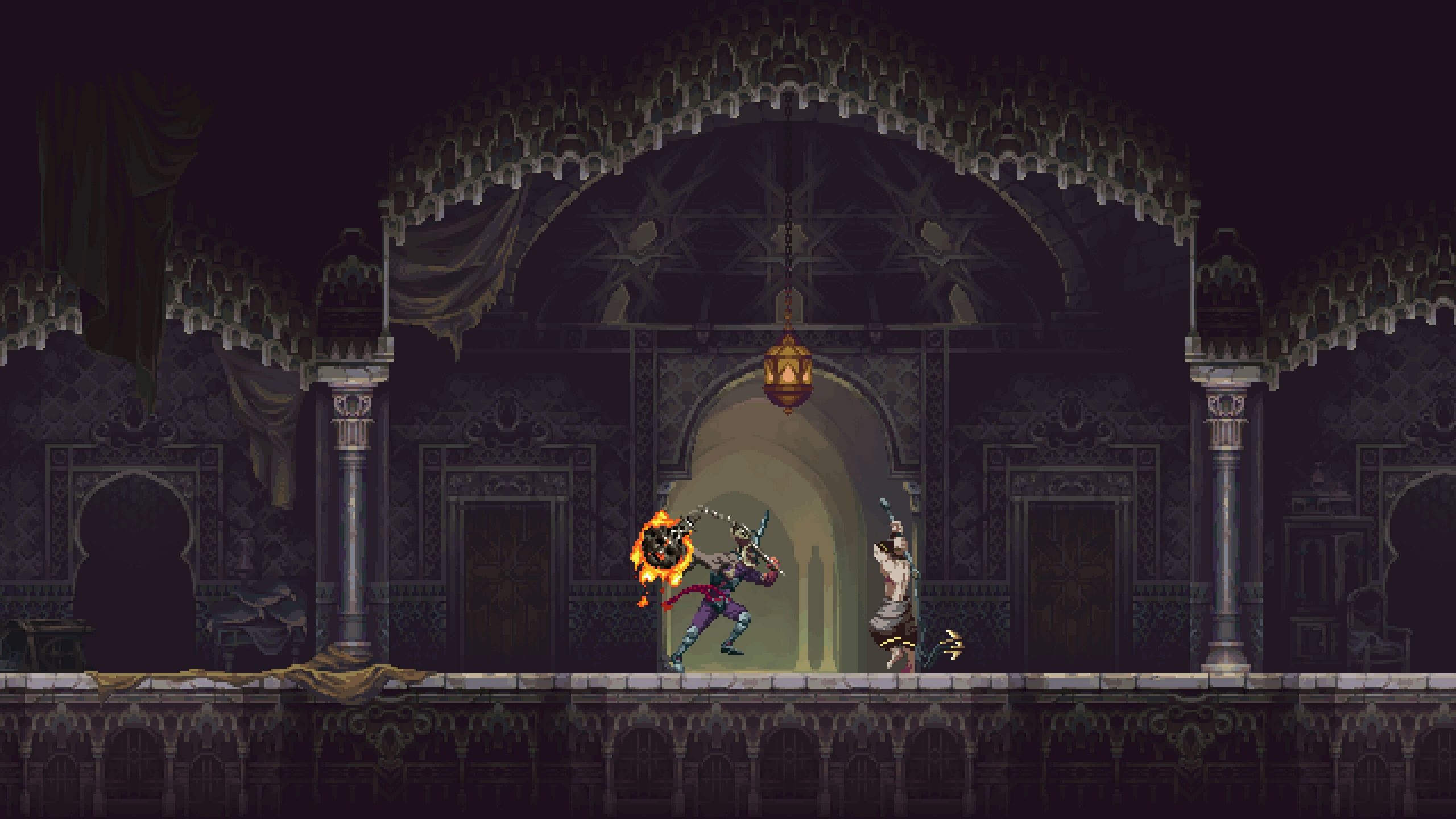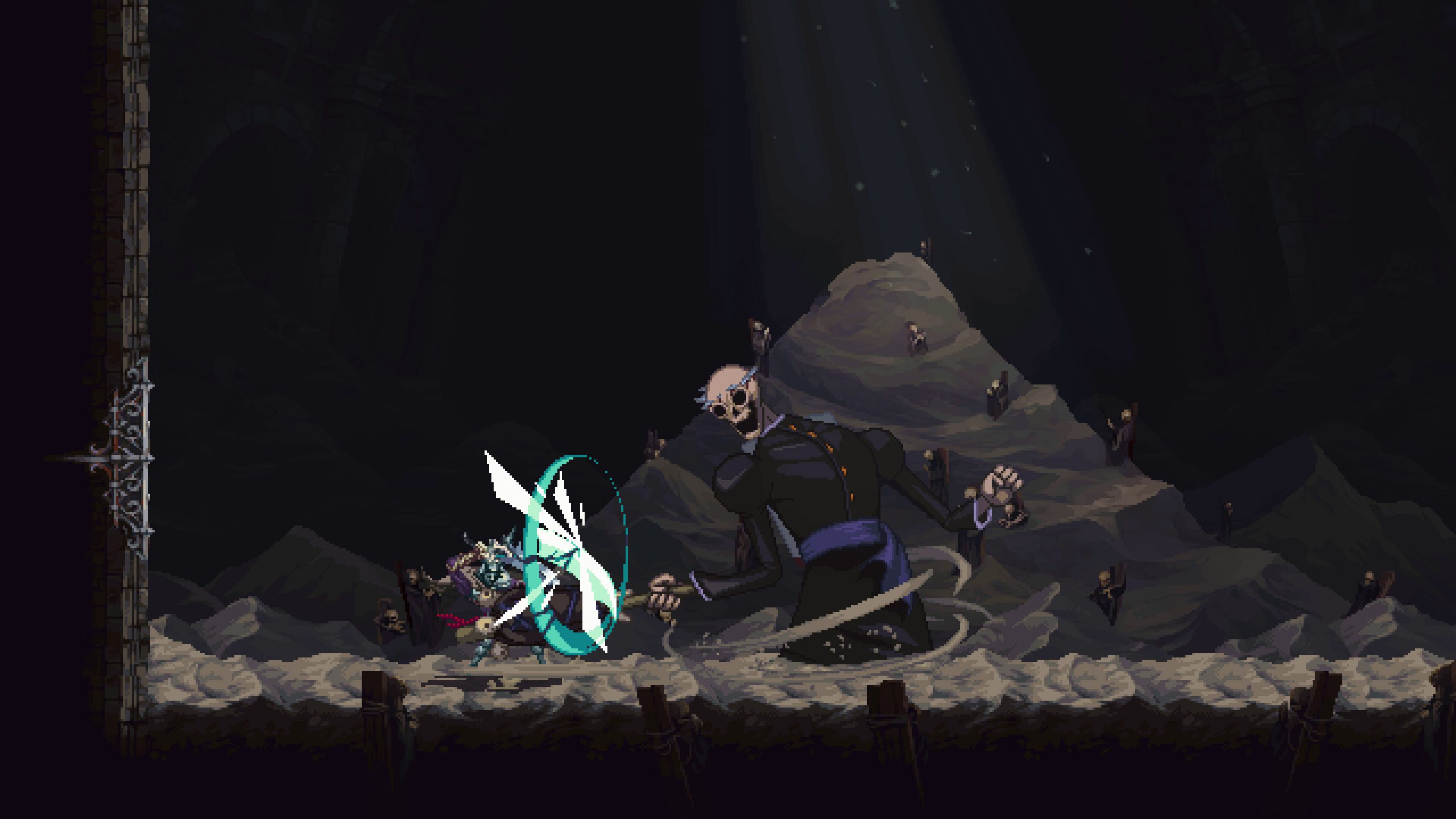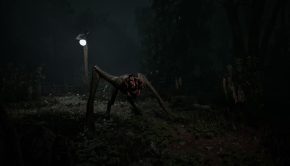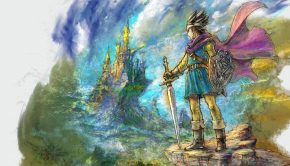Blasphemous 2 Review
Summary: Miraculously Blasphemous 2 manages to top it's predecessor in almost every meaningful way.
4.5
Rejoice!
Blasphemous ranks as one of the best Metroidvania’s ever made. Facing off against the terminally Catholic denizens of Cvstonia in Game Kitchen’s expertly crafted action-platformer that combined a blessed trinity of incredible world-building, slick combat, and solid platforming was an absolute revelation.
Blasphemous 2 starts hundreds of years after the events of The Wounds of Eventide DLC. The Miracle has returned to Cvstodia and awaits to be born from a giant heart that sits at the top of a huge temple built on huge pillars, protected by a trio of guardians twisted by The Miracle’s will, and The Penitent One has risen from his tomb to stop them.
Though the plot may have moved on a few centuries, the look and feel of Blasphemous 2 is less a reinvention and more a refinement of what came before. Cvstodia is the same world full of twisted religious iconography, and tormented souls presided over by a god whose one commandment is to be careful what you pray for.
It may be the same world, but the combat and platforming have had a major overhaul. The Mea Culpa has been replaced with three upgradable weapons that also modify your route through the world and to a certain extent, how tough a time you’ll have, in the early stages anyway.
First, there’s the Veridicto, a huge incense-burning mace that does the most damage and has the greatest range and attacks in a wide arc but is the slowest of the three. Then there’s the Ruego Al Alba, a general all-rounder, mid-range, mid-power sword that’s the closest to the Mea Culpa, then finally, there are Sarmiento and Centella, a swift pair of rapiers that do little damage initially, but build up static as you attack until they’re imbued with powerful electrical strikes, so long as you don’t take damage. Get it easy, medium, or hard.
Guess which weapon this masochist chose.
Not long after you start the game, you’re given the option of which of the three to wield first. But don’t worry, you will get access to all three eventually, which is just as well because the later stages of the game are fairly tricky, and you’ll want all the help you can get.
Each of the three weapons has its own skill trees, with new abilities and powers unlocked via earning Marks of Martyrdom, which are earned either by defeating enemies or found in chests throughout the world.
You can switch between each weapon on the fly, which is used not only to help change up tactics and counter certain attacks during a fight but also to help traverse the environment. You can use and, much like Guacamelee, by the end of the game, you’ll be flitting between attacks and additional abilities to throw yourself through complex systems of traps and doors, which feels incredibly satisfying.
The Veridicto can ring bells that reveal temporary platforms and remove barriers, Sarmiento and Centella can blink you across the environment via magical mirrors, and you can dive from a great height with the Ruego Al Alba to tear through barriers made of twisted corpses.
The other major addition to the combat comes in the form of prayers, basically, magical attacks that come in two flavors: quick verses in which you toss lightning bolts and spinning axes at enemies and chants, which are much more powerful area-of-effect attacks, although the most useful chant is actually the one that lets you warp back to the games main hub town, from anywhere on the map.
You can also find rosary beads strewn throughout the environment to create the world’s most goth charm bracelet that provides you with an array of defensive buffs as well as boosts to XP and other resources gained during fights.
Finally, you can equip up to eight wooden statues to the Altarpiece of Favours The Penitent One carries on his back, which provides different buffs. These are usually given as a reward for completing twisted side missions and are also found in chests at the end of some particularly devious platforming puzzle. In a nice twist, certain statues, when equipped next to each other on your back, provide additional effects, like slowing time when you drink a healing item or perform an execution or refilling special meters after each kill.
Though it’s still challenging, The Games Kitchen has done a superb job of smoothing out the difficulty curve in Blasphemous 2, as well as encouraging you to explore every corner of the map and grab anything that isn’t nailed down.
When you start off in classic Metroidvania style, the location of the first three bosses is revealed, but how you get to them and what order you fight them in is down to which weapon you start with. Thankfully, if you get stuck on one, it is easy enough to just go and fight another or hunt out some more upgrades and come back later.
Although at its core, Blasphemous 2 is a fairly straightforward Metroidvania, what sets it apart from other titles in the fairly crowded genre is the sheer amount of worldbuilding The Game Kitchen has managed to pack into the game. Every item, enemy, boss, and location you come across adds to Blasphemous’s incredibly rich lore in some way, while the world itself is dripping, sometimes literally, with atmosphere as you find new foes to fight and a myriad of tortured NPCs to aid, even if helping them isn’t always ultimately in their best interests.
As with the original, Blasphemous 2 is packed full of the kind of medieval religious iconography that although, dialed up to 11 was, already pretty twisted to begin with. Although it is incredibly unsettling and oftentimes violent, its warped imagery is used to not only pull you into the world of the game but also to ponder some pretty huge questions about our own.
Accompanying your haunting pilgrimage through this land of tortured souls and twisted abominations is a fantastic score by Carlos Viola that mixes lilting Spanish guitars with bombastic orchestral numbers to great effect.
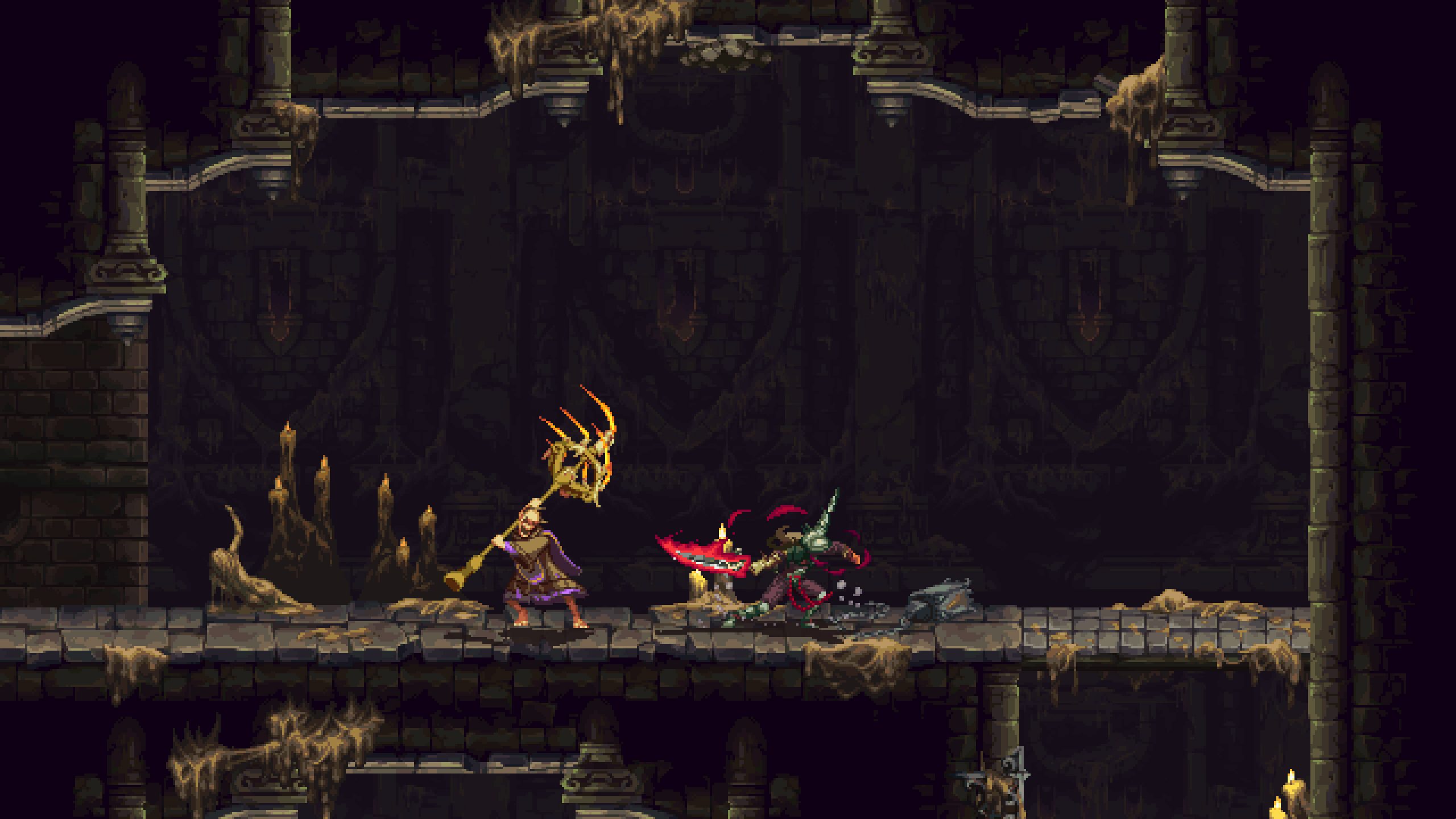
The only complaint I have is that the bosses aren’t quite as grandiose as the original. Don’t get me wrong, they’re still brilliant fights, but while the skeleton of a dead pope being puppeteered by dozens of hands, Blasphemous 2 has you face off against penitents and martyrs in what feels more like a series of duels. It’s less Castlevania and more Mega Man. At least initially.
Blasphemous 2 is what I would call a perfect sequel. For the best part, it keeps most of what made the original feel so unique while refining and changing the core experience enough to make it feel fresh and exhilarating again. If it had just been more of the same, I would have been happy, but Blasphemous 2 goes one better and elevates almost every aspect of an already nigh flawless experience.
Final Thoughts
Blasphemous 2 combines incredible world-building, superb visuals, and a complex and thoughtful narrative around one of the most rock-solid metroidvania’s ever created. The original is a modern-day classic, and the sequel is one guilty pleasure that is worth the penance.

